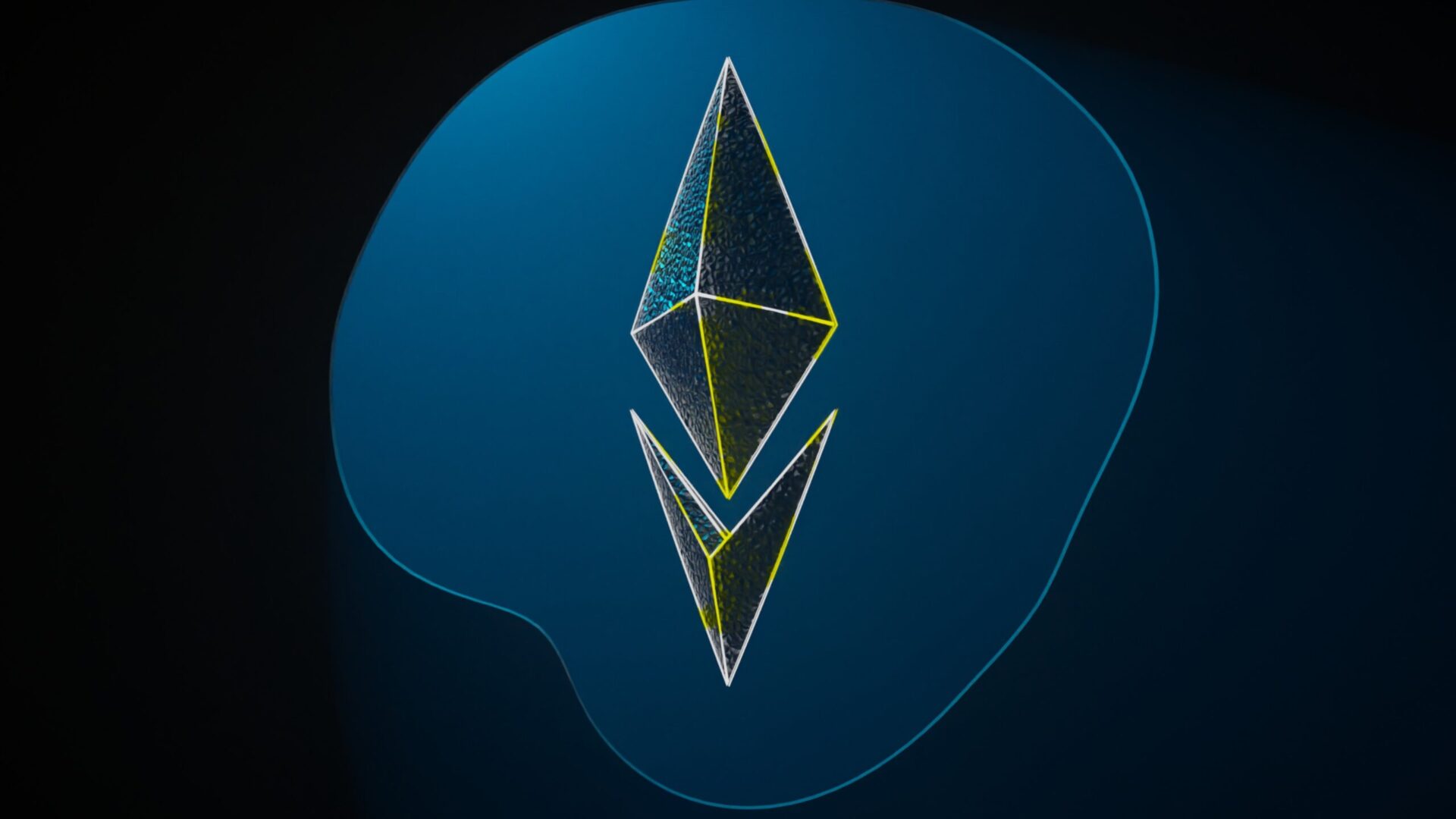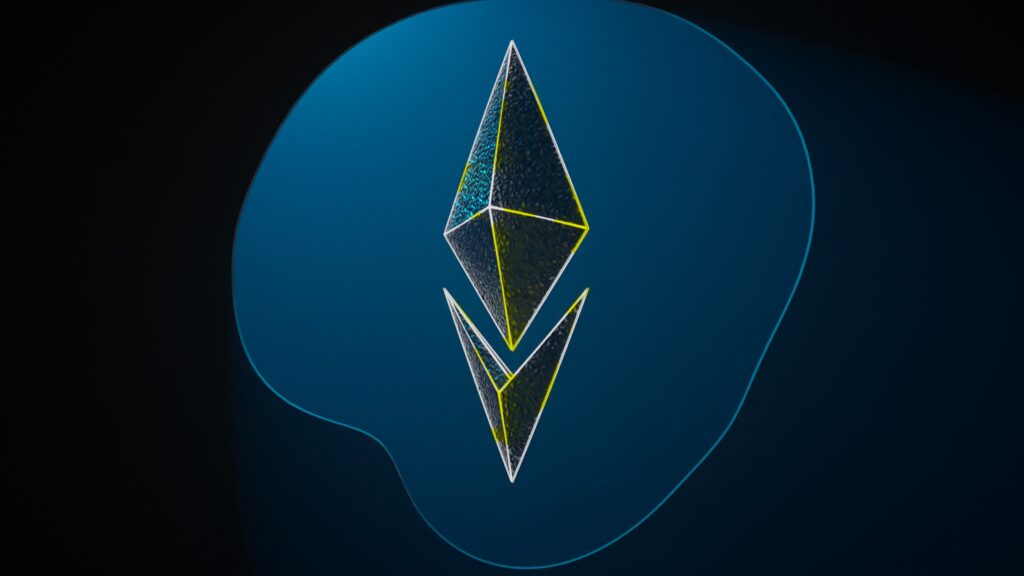Exploring Ethereum-based NFT Platforms: Revolutionizing the Digital Collectibles Market Excellent

Ethereum-based NFT platforms the world of digital collectibles has undergone a remarkable transformation with the emergence of non-fungible tokens (NFTs). You’ve probably read it already: Ethereum Developer Resources and Tutorials: A Comprehensive Guide for Beginners. Powered by the Ethereum blockchain, these unique digital assets have captured the attention of artists, creators, and collectors worldwide. This article delves into the fascinating realm of Ethereum-based NFT platforms, providing insights into their functionalities, benefits, and challenges.
See also : Decentralized Applications on the Blockchain : Exploring of the Potential New Modern

Understanding Ethereum
To comprehend Ethereum-based NFT platforms, it is crucial to grasp the fundamentals of the Ethereum blockchain. Ethereum is a decentralized platform that enables the creation and execution of smart contracts, which are self-executing agreements with predefined conditions. These smart contracts serve as the foundation for NFT platforms, facilitating the seamless exchange of digital assets in a transparent and secure manner.
Overview of NFTs
NFTs, or non-fungible tokens, are unique digital assets that cannot be replicated or replaced. Unlike cryptocurrencies such as Bitcoin or Ethereum, which are fungible and interchangeable, NFTs represent ownership of a specific item, artwork, or virtual collectible. They have gained significant popularity across various industries, including art, gaming, music, and sports memorabilia.
Ethereum-based NFT Platforms
Ethereum serves as the preferred blockchain platform for NFTs due to its robust infrastructure and wide adoption. Several Ethereum-based NFT platforms have emerged, offering artists and creators the opportunity to mint, showcase, and sell their digital collectibles. Some prominent players in this space include CryptoKitties, OpenSea, and Rarible, each offering unique features and user experiences.
How Ethereum-based NFT Platforms Work
Ethereum-based NFT platforms operate through a series of steps. Firstly, artists and creators mint their digital assets as NFTs, attaching relevant metadata that outlines the uniqueness and provenance of the item. These NFTs are then listed for sale or auctioned off on the platform, allowing collectors to bid or purchase them using cryptocurrency. Transactions on Ethereum involve gas fees, which are necessary for processing and validating transactions on the blockchain.
Benefits and Challenges of Ethereum-based NFT Platforms
Ethereum-based NFT platforms offer several benefits, including increased accessibility for artists, ownership transparency, and potential for monetization. However, they also face challenges such as scalability issues, high gas fees, and environmental concerns due to the energy-intensive mining process. Efforts are underway to address these challenges and enhance the user experience on Ethereum-based NFT platforms.
Examples of Successful Ethereum-based NFT Platforms
CryptoKitties, one of the earliest Ethereum-based NFT platforms, gained massive popularity with its unique digital cat collectibles. OpenSea, the largest NFT marketplace, provides a wide array of digital assets for sale or auction. Rarible, on the other hand, empowers artists by allowing them to create and sell their NFTs directly to collectors. These platforms have revolutionized the concept of ownership and have paved the way for mainstream adoption of NFTs.
Emerging Trends and Future Outlook
The future of Ethereum-based NFT platforms looks promising, with emerging trends such as the integration of NFTs in the music industry, virtual real estate, and metaverses. Interoperability and cross-chain solutions are being explored to enhance the flexibility and compatibility of NFTs across different blockchain platforms. Moreover, regulatory frameworks are being developed to ensure consumer protection and prevent fraudulent activities within the NFT ecosystem.
Conclusion
Ethereum-based NFT platforms have transformed the way we perceive and trade digital assets. With their unique features and benefits, these platforms have opened new doors for artists, creators, and collectors, fostering a vibrant and inclusive digital collectibles market. Despite the challenges they face, Ethereum-based NFT platforms continue to innovate and shape the future of ownership and digital art. As technology advances and the NFT space evolves, we can expect further developments that will propel NFTs into new realms of creativity and value.
Note: The word count provided for each section is an approximate estimation and can be adjusted accordingly during the writing process.
And for those of you who want to grow your Instagram account, you can directly use our service free instagram followers and you can like your post on instagram with Free instagram likes







